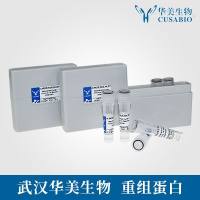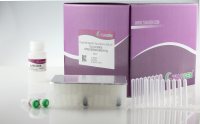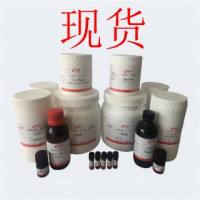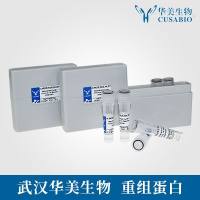啤酒酵母(S. cerevisiae)mRNA的提取
互联网
Materials
2 ml size Sarstedt screw cap tubes
BIO-RAD Disposable Chromatography Column (BIO-RAD cat. #732-6008)
Oligo dT cellulose
RNase-free water
5.0 M NaCl
0.5 M EDTA
1.0 M Tris, pH 7.4
10% SDS
70% EtOH
Before starting protocol
1. Measure out 75 mg of oligo dT cellulose into a 2 ml Sarstedt screw cap tubes.
2. Make fresh buffers:

Note: Amounts are for 2 preps; scale up as necessary.
♦ 2X NETS may need to be heated to go into solution.
♦ 1X ETS should be heated to 65 ℃ for use.
Protocol
1. Resuspend at least 2 mg (up to 4mg) of total RNA in 750 l RNase-free water. In general, inputting more total RNA will yield more polyA RNA. This protocol is most successful with inputs of at least 2 mgs. (Less than 1mg of total RNA input is NOT recommended for this protocol.)
2. Wash the oligo dT cellulose 3X with 750 l 1X NETS. (Spin down gently between washes and aspirate off the wash.)
3. Aspirate off final 1X NETS wash and resuspend the cellulose in 750 l 2X NETS.
4. Incubate the RNA at 65 !C for 10 minutes.
5. Add the RNA to the cellulose and mix on rotator for 1 hour at room temperature.
6. Prepare a BIO-RAD Disposable Chromatography Column (BIO-RAD cat. #732-6008) by washing it out once with 750 l 1X NETS.
7. Gently pour the RNA/cellulose mixture into the column and allow it to settle by gravity. (DO NOT MIX)
8. Gently wash the column 3X with 750 l 1X NETS. (Pipette down the side of the column without disrupting the cellulose.)
9. Elute the mRNA into a fresh Eppendorf tube by pipetting 650 l of 65 !C 1X ETS directly and forcibly into the oligo dT cellulose. Repeat 1X into a second tube.
10. Add 65 l 3M NaAcetate to all samples. Fill the remainder of the tube with room temperature isopropanol (~700 l). Mix well by inverting several times.
11. The sample can now sit at .20 !C to precipitate as long as desired (up to overnight)。 To proceed, spin sample in a 4 !C microfuge at max speed for 30 minutes to 1 hour.
12. Aspirate off supernatant and wash pellet with 250 L 70% EtOH and spin down 5 .
polyA RNA Isolation
13. Aspirate off the EtOH and let pellet air dry (or speed vac dry on low heat).
14. Resuspend in 15-20 ul RNase-free water.
15. Spin down for 30 seconds and quantitate a 1:100 dilution at 260nm.
Note: Typically yields should be no greater than 2% of the total RNA input. Each microarray requires at least 1.5 ug of polyA RNA/channel. Inputs less than this may lead to poor signal and additional artifacts that may contaminate datasets. For organisms other than S. cerevisiae, it is recommended that users optimize input RNA amounts by hybridizing the same sample at different inputs against itself: i.e., sample A 2 ug vs. sample A 1 ug. Optimize input amounts based on adequate signal and mean ratio=1.0.
16. Store mRNA at -80 ℃.
17. Before using for reverse transcription and amino-allyl coupling, spin the sample for 30 seconds to pellet any residual oligo dT cellulose in the tube.









